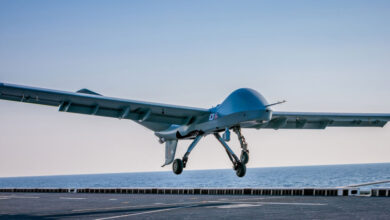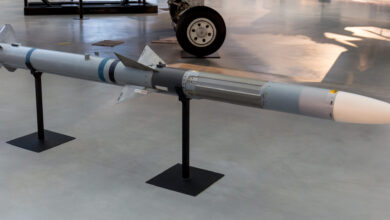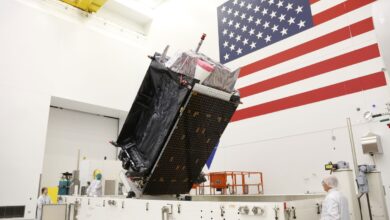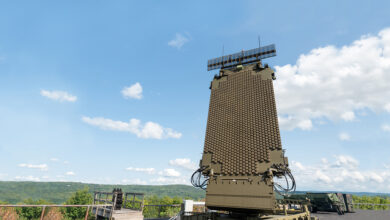China Releases ‘Hit List’ of US Naval Targets in Potential Conflict
The electronic warfare (EW) division of China’s People’s Liberation Army (PLA) has come up with a list of “vulnerable” US naval targets that could be prioritized in the event of a full-scale conflict.
The list, published in the latest issue of the state-supervised Defense Industry Conversion in China journal, identifies key radar systems, sensors, and communication equipment aboard American aircraft carriers as primary targets.
According to Mo Jiaqian, an EW expert with the PLA’s 92728 unit, these systems are integral to the US Navy’s Cooperative Engagement Capability (CEC), a critical element of its air defense and early warning network.
He claims that Beijing has already identified weaknesses in the network, which could be exploited to neutralize Washington’s ability to share air defense data or launch surface-to-air missiles.
“It (CEC) is formed by the phased array radar network, which relies on wireless communication links,” Mo explained. “When the adversary force uses electronic jamming, the wireless links are prone to disconnection or disruption.”
Among the systems likely to receive the most attacks are Lockheed Martin’s AN/SPY-1 phased array radar and the E-2C Hawkeye early warning aircraft.
PLA Strategies
To undermine the CEC, Mo outlined several strategies the PLA could employ, such as using emerging platforms like drones to create electronic “noise” or false targets.
This will reportedly reduce the detection accuracy of American radars and sensors, thereby diminishing the effectiveness of the CEC system.
Another strategy would involve cyberattacks on the CEC network itself to severely weaken the US’ ability to fight against incoming attacks.
“If the opposing force obtains accurate network access information and mimics a friendly response with the correct signaling method, they can infiltrate the CEC network as a cooperative unit and launch attacks,” Mo noted.
A Questionable Approach?
While China claims to have developed advanced EW capabilities, its strategy to electronically incapacitate the US Navy’s air defense systems may face significant challenges.
The US military has made substantial investments in enhancing its EW capabilities, spending an estimated $5 billion in the first half of 2024 alone.
In addition, the service has contracted Georgia-based Phoenix Air Group to provide advanced EW training to sailors, simulating a variety of airborne threats.
The navy has also tapped BAE Systems to develop sophisticated countermeasures to safeguard its radars and communication systems from potential disruptions.
These investments could suggest that any direct electronic assault on the US Navy’s air defense network could be far more complicated than China anticipates.












